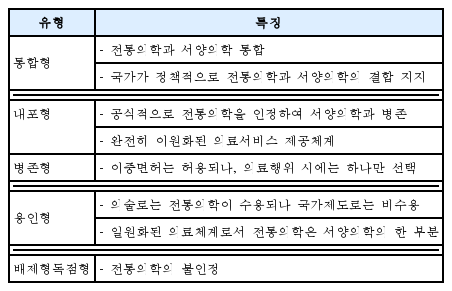Study of Korean medicine`s Education In Accordance With Curriculum Part of World Federation Medical Educaition Global Standards
Article information
Abstract
Objectives
The aim of this study is to introduce the WFME Global Standards and Recognition process and to consider Improvement direction of Korean traditional medical curriculum.
Methods
To Investigate the Standards and Recognition process of WFME and the traditional medical curriculum of each country(China, Taiwan, Japan, Korea).
Results
The WFME Global Standards and Recognition process aims to train doctors who are educated and active in world standard medical Curriculum. The traditional medical colleges have not received recognition, but those colleges in Korea, China and Taiwan contain a lot of standards contents, and they need to be recognized if they belong to WDMS.
Conclusions
Korea University of Oriental Medicine has a lot of subjects of WFME Standards and there is a medical education recognition association, which is advantageous for the standardization process of world medical education. Therefore, it is necessary to aim at world standard medicine while preserving the tradition of Oriental medicine, WFME Global Standards should be used to reorganize the curriculum and train a world-class medical professional.


